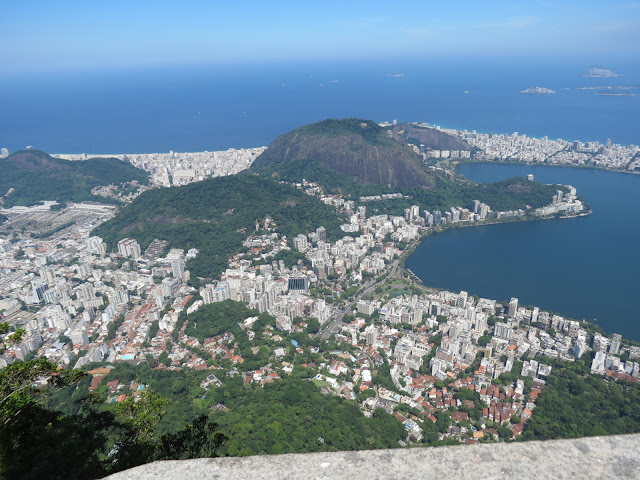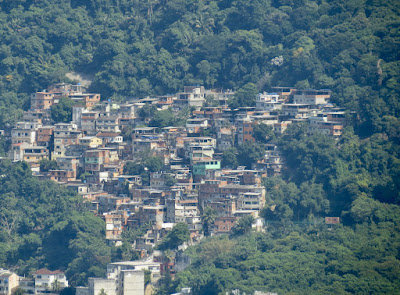Day 48 March 3, 2023 Rio de Janeiro, Brazil
Highlights of Rio (RIO-001) Tour Length: Half-Day (Approximately 4 hours)
Enjoy a classic Rio orientation plus stunning views on this leisurely tour that combines panoramic drives with a cog-rail trip up Corcovado Mountain to the iconic Christ the Redeemer statue. From the port, you’ll see the sights of downtown as you work your way to the Cosme Velho district to reach the base station of the historic cog railway. First opened in 1884 and traveled by steam trains before it was electrified in 1910, this world-famous 2.5-mile railway traverses lush Tijuca Forest terrain on its way up Corcovado mountain. The views get increasingly dramatic as the 30-minute ride progresses. Once at the upper station, you’ll be treated to a stunning vantage point on the entire city, weather permitting. But don’t stop there; go for the full experience, which involves an elevator and escalator trip still higher to reach the summit and the 120-foot Christ statue perched some 2,300 feet above Rio. It’s a bucket-list view, and you’ll have about an hour there before descending to rejoin your coach for a rolling survey of the São Conrado district and some of Rio’s legendary beachfront. There’s no other city like it.
One of Rio’s most elegant residential neighborhoods, Cosme Velho lies on the slopes of Corcovado mountain, which is crowned by the towering art deco statue of Christ the Redeemer in Tijuca National Park. A cog railway climbs to the summit for expansive views.
Corcovado Mountain
Christ the Redeemer Statue is an Art Deco statue created by Paul Landowski and completed in 1931 by the Brazilian engineer da Silva Costa and others. It is 98 feet or 30 meters high. The arms outstretch 28 meters or 92 feet wide. It is made of reinforced concrete and soapstone. The statue weighs 635 metric tons and is located at the peak of Corcovado mountain (2,300 ft/700 meters) in the Tijuca National Park. It is a symbol of Christianity and was voted one of the New Seven Wonders of the World.
The entrance to the cog railroad below.
The ride on the cog-rail trip up Corcovado Mountain was very hot and crowded. It took about 30 minutes.
Tijuca National Park is claimed to be the world's largest urban forest, covering some 39.58 square kilometres. Tijuca comes from the Tupi language and means marsh. The forest and mountains form a natural boundary that separates the West Zone of Rio from the rest of the city, as well as dividing the North and South Zones. The park is a UNESCO Heritage Sight.
Copacabana Beach in Rio
Favela is a shanty town or slum. Rocinha (info I found, not relevant to pictures) is built on a steep hillside overlooking Rio de Janeiro. It is located about one kilometre from a nearby beach. Most of the favela is on a very steep hill, with many trees surrounding it. Around 200,000 people live in Rocinha, making it the most populous favela in Brazil. It has many characteristics of a regular neighborhood; concrete or brick houses, sanitation, plumbing, banks, pharmacies, electricity, bus routes, cable television, etc. It is often caught in violent disputes among (and within) different criminal organizations. I found these favelas fascinating.





















No comments:
Post a Comment